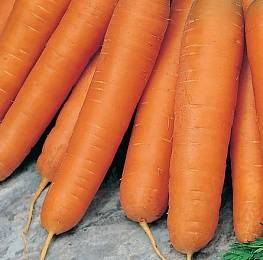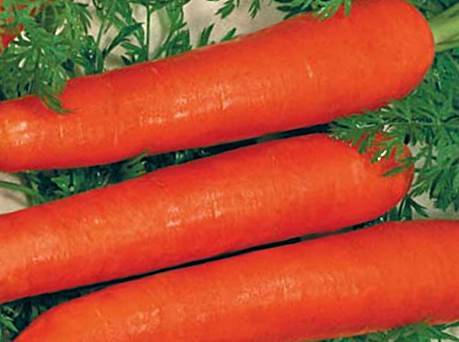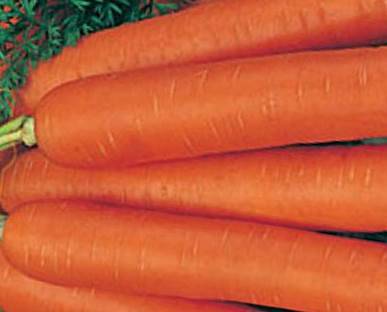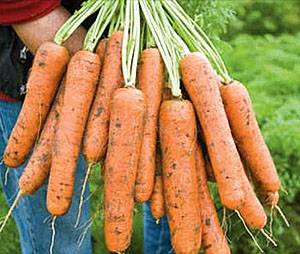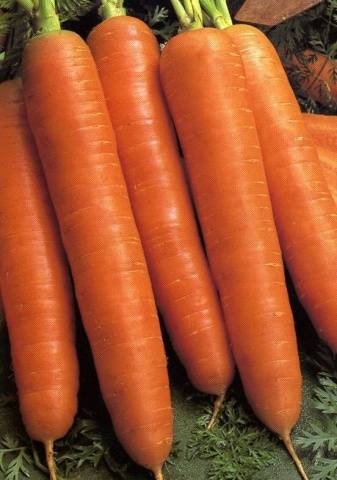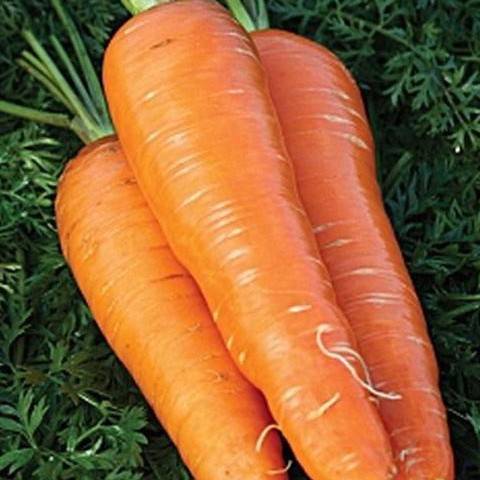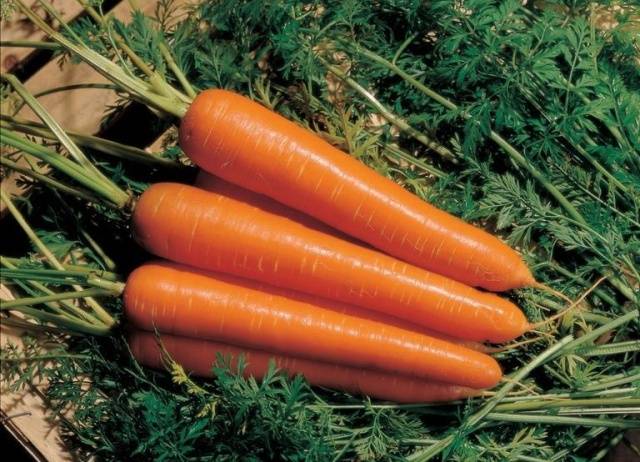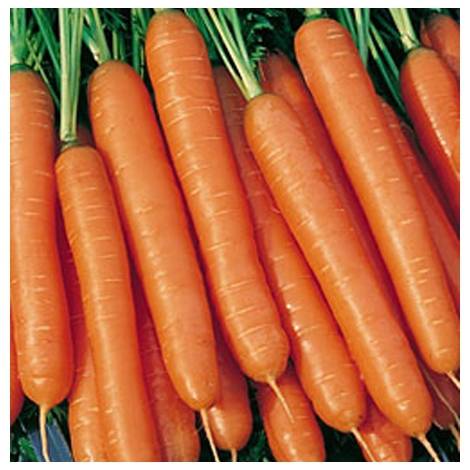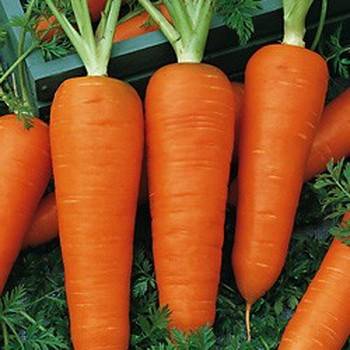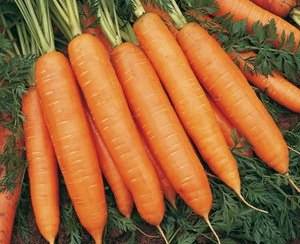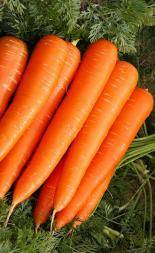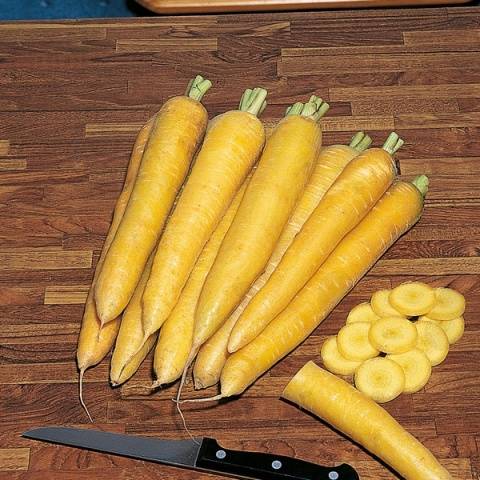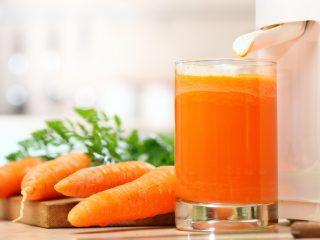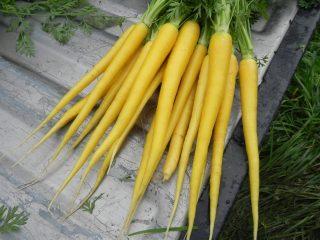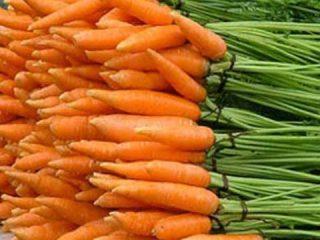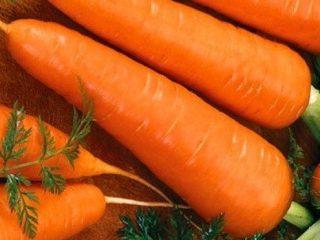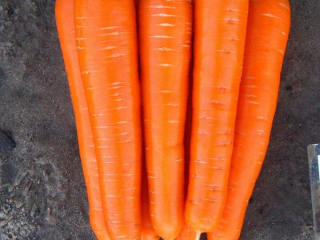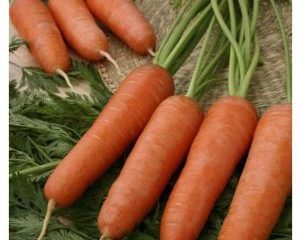Content
Carrots are a tasty and very healthy root vegetable. It is rich in provitamin A, which improves immunity and is an effective antioxidant. There are many different varieties presented. To choose the right one, you need to take into account the purpose of specific root crops and the purpose of cultivation.
In what cases is it worth purchasing a late variety?
Carrots, depending on the variety, can be either orange or yellow, scarlet, lilac and even black. The bright reddish hue is formed due to the high carotene content. Varieties also differ in shape, size and ripening time. If you plan to store the crop for a long time, it is better to choose one of the late-ripening varieties of carrots.
The following lists the main characteristics of root vegetables with a long ripening period.
- They ripen within 130-150 days.
- Harvesting occurs in most cases in September.
- Long shelf life without loss of taste.
In addition to varieties, you can find hybrids on display. They are recognized by the mark F1. If you collect the seeds of hybrids for the next season, they will no longer grow into a crop with the same characteristics. Experienced gardeners recommend purchasing several types of seeds and seeing what the result will be.
Review of late-ripening varieties
Compared to mid-season varieties, late varieties bear less sweet fruit. As a rule, carrots grow large and are stored for a long time.
Red giant
The name was given to this variety not by chance - the root crops grow very large, their length reaches 27 cm. The shape is cone-shaped, the outer surface is smooth. Root crops take a long time to ripen - sometimes six months. They have a mild taste and are stored for a long time. For best ripening, they need intensive watering and well-fertilized soil.
Flyovi
This variety ripens faster; it takes 4 months for the fruits to be ready for use. The carrot is bright in color and cone-shaped. Maximum length 25 cm. Root vegetables are universal in use. They are used for juices, salads, canning, and also for preparing children's dishes. They can lie in the cellar for a long time.
Red without core
As the name suggests, root vegetables no pronounced core. This is a productive carrot; it ripens within 130 days. The fruits are crispy, sweet, smooth, rich orange in color. The length of one carrot is 20 cm. The variety is well stored and requires regular watering and loosened soil.
Bayadere
This carrot is characterized by abundant harvests and ease of care.The root crops grow very large - about 30 cm. The color is rich orange, the outer surface is smooth, the shape is cylindrical. The fruits are very rich in carotene. They can be stored for a long time without loss of taste.
Vita Longa
One of the late and high-yielding varieties. Produces very large root vegetables with dense pulp and a pleasant sweetish taste. The first harvest can be harvested after 145-160 days. Carrots grow 31 cm long and 4.5 cm in diameter. It is preferable to use this variety for canning, making juices or salads. It can be stored for a whole year - until the next harvest.
Queen of Autumn
A late variety that bears cylindrical fruits. Carrots reach a length of 20-25 cm, weight up to 180 g. They have a reddish-orange hue and have dense and juicy pulp.
MO (special carrot)
Refers to mid-late varieties with high yield. Root crops grow cone-shaped and reddish-orange in color. They have juicy pulp with a pleasant sweetish taste. Can be stored for a long time. Seeds of this variety can be sown in winter.
Flacoro
This late variety bears bright orange fruits up to 39 cm long and weighing 200 g. The shape is cone-shaped, the nose is blunt.
Emperor
Another variety of root vegetable with a blunt nose. The carrots are quite large, length is 30 cm, weight is 200 g. The pulp is orange in color with a dense structure.
Late varieties have a pleasant taste. Root vegetables can be eaten fresh or used to prepare various dishes. Most of them have a long shelf life and can last until the next harvest.
Chantenay 2461
A very common variety that bears cone-shaped fruits.Carrots are short and bulky with dense orange flesh. The weight reaches 300 g; with abundant watering, root crops are collected in 500 g each. The taste is average. Long-term storage possible.
Basically, late varieties ripen 120-140 days from the day the shoots appear. They resist diseases, are more resistant to low temperatures and last for a long time - until June.
How to preserve your carrot harvest
Carrots will last until next season if stored under appropriate conditions. There are a number of ways to create such conditions. They do not require significant costs.
- Storing carrots in a box with fine filler. As an option, take a box of boards and sifted fine sand. The box is placed in a cool place, for example, in a cellar. Sand is poured into it in a layer of about 5 cm. Root vegetables are placed on top of this filler at such a distance that there is no contact. After the first layer, sand is poured again and carrots are laid on top. The last batch of fruits is covered with sand. You can use onion peels or pine sawdust as a filler.
- Covering carrot beds. Although this method will only preserve part of the harvest, the root vegetables will retain their characteristics perfectly. The essence of the method is as follows: when the harvest is harvested, some of the carrots are left in the beds. Before the first cold weather, the tops are cut flush with the soil, sand is poured over the bed and a film is laid. Next, add a layer of sawdust or other similar material and cover it again with film. In such a natural cellar, carrots will be preserved throughout the cold.
- Storage in plastic bags. This method is more suitable for industrial cultivation, but you can try it at home.It is important to meet several requirements. Firstly, only root vegetables with an intact surface can be stored in this way. Before placing them in bags, they are thoroughly dried in the shade. No more than 3 kg of carrots are placed in each bag. The most important point is that bags cannot be tied. This method will allow you to maintain an optimal level of humidity so that the crop does not rot or wither.
- The last option for storing whole carrots is covering them with clay.. First, the harvested crop is sorted and dried. Pure clay, which does not contain any impurities, is dissolved to the consistency of sour cream. Carrots are immersed in this solution. After drying, a protective film remains on the root crops. In this form, the harvest can be placed in cardboard boxes or wooden boxes.
Such methods will allow you to preserve grown carrots until the end of spring - beginning of summer. No special labor costs are required on the part of the gardener.
How to Preserve Prepared Carrots
The following method is especially interesting for gardeners who produce modest harvests. This is freezing.
- First, the fruits should be prepared. They are finely chopped using a food processor or cut into rings.
- Prepare plastic bags. They must be new.
- The chopped carrots are placed in bags and tied tightly (boiled if possible).
- Packages with carrots are placed in the freezer.
This method will help preserve carrots for cooking. In this case, the root vegetables do not have to be cut before adding to the soup or side dish.
Which varieties are best stored?
Some varieties may last until next season. The following are the most shelf-stable of the late varieties.
Sweet winter
Root vegetables grow bright orange and cone-shaped.The variety is very productive, the growing season is up to 150 days. On average, the length of one carrot reaches 20 cm. The fruits are perfectly preserved until June, without losing either appearance or taste. Carrots do not crack. Universal in use.
Olympus
Another late and high-yielding variety. Designed for long-term storage. One root crop grows up to 20 cm long, weighs 130 g. When ripe, it does not crack and can be stored until the very end of May. The outer surface is bright orange, the flesh is dense, with a sweet taste. Carrots are universal in use.
Dolyanka
This carrot variety from Poland is distinguished by its high yield and will last until the end of May in optimal conditions. The root crop reaches 25-28 cm in length, weighs about 130 g. It resists fusarium and carrot fly quite well.
Several methods have been described above that will help guarantee the preservation of the harvest until the new season. You can leave whole root vegetables, or prepared and cut ones, in the winter. The latter are stored by freezing.
Original late-ripening variety
When you think of the word “carrot,” what comes to mind is a cylindrical or cone-shaped root vegetable with a bright orange color. In fact, among the late-ripening varieties there are also varieties that go beyond this idea. The following describes one of them.
Yellowstone (Yellowstone)
Perhaps this is the sunniest of the late carrot varieties. The roots are bright yellow in color and spindle-shaped. Their length reaches 20-25 cm, weight about 200 g. Produces a bountiful harvest. It has juicy pulp.
Colored carrots are a great addition to fresh salads and other home-cooked dishes. It will allow you to create original combinations on your table.
Secrets of growing carrots
At first glance, it may seem that growing carrots should not be difficult. In fact, here, as in other areas of gardening, there are some nuances. This root crop is quite demanding in terms of growing conditions. To get a good harvest, these features should be taken into account.
- Before planting carrots, you need to carefully prepare the soil.. The bed is dug up and fertilized well. Humus or compost is used as fertilizing. To make the soil lighter, add sawdust. Dig the soil to a depth of about 35 cm. In loose soil, carrots grow more evenly. These root crops are planted in rows. Therefore, furrows are prepared in the garden bed at a distance of 20 cm from each other. Their depth is approximately 2 cm.
- When the soil is ready, you can sow the seeds. It is better to first pour them out of the bag into your hand, then distribute them along the grooves and cover them with a layer of earth.
- After sowing carrots, it is recommended to compact the soil. You can do this directly with your hand or press the soil with a wooden board.
- Now we just have to wait for the first shoots – they will appear within 10 days.
The carrot bed should be prepared in a sunny area. Plants require care throughout the entire growth period. This includes regular watering, loosening the soil, weeding and hilling.
What are the benefits of carrots?
This root vegetable has a fairly wide range of applications. Carrots are actively used in the kitchen: they are consumed fresh, boiled or stewed. It is also used in folk medicine and home cosmetics.
The prevalence of carrots is explained by the high content of a number of vitamins: B, C, E, K, PP. It is also rich in provitamin A.The pulp also contains minerals, such as iron, phosphorus, magnesium and copper.
As you can see, carrots are an important component of a healthy diet. To preserve the harvest longer, when choosing seeds you should pay attention to the “late” mark. Its ripening period is about 130-150 days. Many of these varieties are high-yielding. It is worth considering that carrots are quite demanding in terms of watering and soil composition. You will have to care for the plants throughout the entire period of growth and maturation. Under the right conditions, the harvest will last all winter until the next season.
